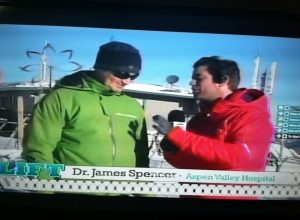An earthquake woke me up this morning.
I was pretty sure the ground was shaking, which was unusual since all that is under the house is hard, steady lava rock that doesn’t even budge when large vehicles drive by on the road. Kate was already out running, I quickly made a mental note that I needed to ask her if she felt an earthquake, and I was back asleep within 20 seconds. Sometime later, I found I had been laying semi-awake in bed for a while listening to the voices from the TV in the next room go on-and-on about the approaching hurricane. I sprung to my feet when the TV conversation shifted to the 4.5 earthquake that had struck this morning. I was a little surprised to find out it really was an earthquake and excited that I had finally felt one. We were in Anchorage 2 summers ago, where the earthquakes seemed weekly, and I never felt a single one. The news has been so inundated with Hawaiian hurricane histories and storm prepping tips, that I’m still not sure if any damage was done by the quake – it hit a fairly remote part of the island, so I suspect everyone is OK.

At the time of this posting (9 PM Eastern, 3 PM Hawaiian) we’re about 5 hours from Hurricane Iselle making landfall here on the Big Island.
Every single patient I have seen over the last 3 days has had an opinion about hurricane Iselle and the toll she’ll take on the Big Island, but the bottom line is we’ll just have to prepare for the worst, hope for the best, and wait. This storm is approaching from the East, the Hilo Side of the island, we are over on the West side in Kona. The Kona side of the island has sustained damage from hurricanes in the past, but these were storms that wrapped around from the South. This storm coming from the East will have to plow past two 13,000 ft volcanoes and a smaller 8,000 ft peak. These mountains may stall the storm and will likely take a lot of its force before it gets to our area…. but no one really knows.
In the meantime, we continue to wait. Kate and I both work for clinics that are closed this afternoon and tomorrow, hopefully we’ll scoot by with some wind, rain, and an otherwise relaxing long weekend. We should return to work on Monday for our last five days of work before heading off to Maui for a week’s vacation and then to the island of Molokai for the next 13 weeks… but that’s a story for another time.
Don’t worry about us, we’re prepared and we’ll be fine, but do keep Hilo in your thoughts and prayers, and hope they don’t get hammered too hard by the storm. Personally, after the earthquake this morning, I’m keeping a watchful eye uphill towards the volcano rather than downhill towards the sea. That Mother Nature, she’s a powerful one.












